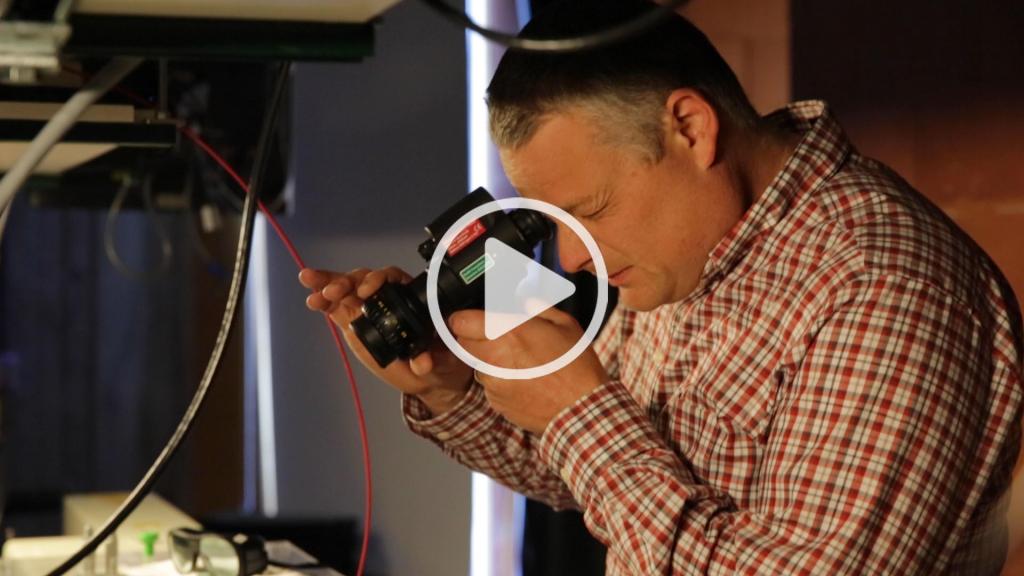‘Grape Balls of Fire’: International Attention for Research by Trent Prof and Undergrad Students
Dr. Aaron Slepkov worked with seven undergrads to answer the question of why microwaved grapes become a fireball light show
Undergraduate students played a key role in a Trent professor’s recently published Grape Balls of Fire research, which is getting serious attention across the globe.
“I have access to excellent undergrads — smart, well-trained and curious students — and that’s why this got done at Trent and nowhere else,” says Dr. Aaron Slepkov, a faculty member in the Physics department at Trent and Canada research chair in the physics of biomaterials.
Working together, the team has answered the question of why microwaved grapes become a fireball, producing light and sparks. The research, recently published in Proceedings of the National Academy of Sciences, shows that the lightshow is actually plasma made up of ions and free electrons that aren’t tied to atoms or molecules.
The paper, co-authored by Dr. Pablo Bianucci, a physics professor at Concordia University, shows that the same effect happens in any two objects made mostly of water and that have the right size such as quail eggs, hydrogel beads, blueberries, olives and gooseberries.
Grapes in Microwave a ‘Party Trick’
Professor Slepkov first heard about this phenomenon when he was an undergraduate student himself in the 1990s and, over the years, he would often spark grapes in microwaves as a “party trick.”
After becoming faculty at Trent, he started to research the topic in 2013 with Aaron Curtis, an undergraduate student who was coming home to Peterborough for the summer and wanted to volunteer in his lab.
Project Blossoms to Include Five Trent Undergrads
After Mr. Curtis made great headway that summer, Prof. Slepkov knew he was on to something and the project blossomed over the years to include four Trent undergraduate students including some recipients of the prestigious Undergraduate Student Research Award through the Natural Sciences and Engineering Research Council.
Participating Trent students included: Alan Godfrey, Emily Rose Korfanty, Rodion Gordzevich, Ryan Cole and Hamza Khattak. At Concordia, Dr. Bianucci also worked on computer simulations of the phenomenon with undergraduate student Alessandro Bambic.
Prof. Slepkov says all of the undergrads were bright, curious and hardworking students who have all gone on to graduate studies.
“It was the students who were the real resource in this case,” he says.
Each student embraced his mission of ‘work as play.’
“This was structured play,” he says. “We were not aimlessly playing with grapes in microwaves but we didn’t have to hide the fact that this was really fun work.”
Now Prof. Slepkov is recruiting up to two graduate students for follow-up research. Interested candidates with a physics background can email aaronslepkov@trentu.ca for more information.

